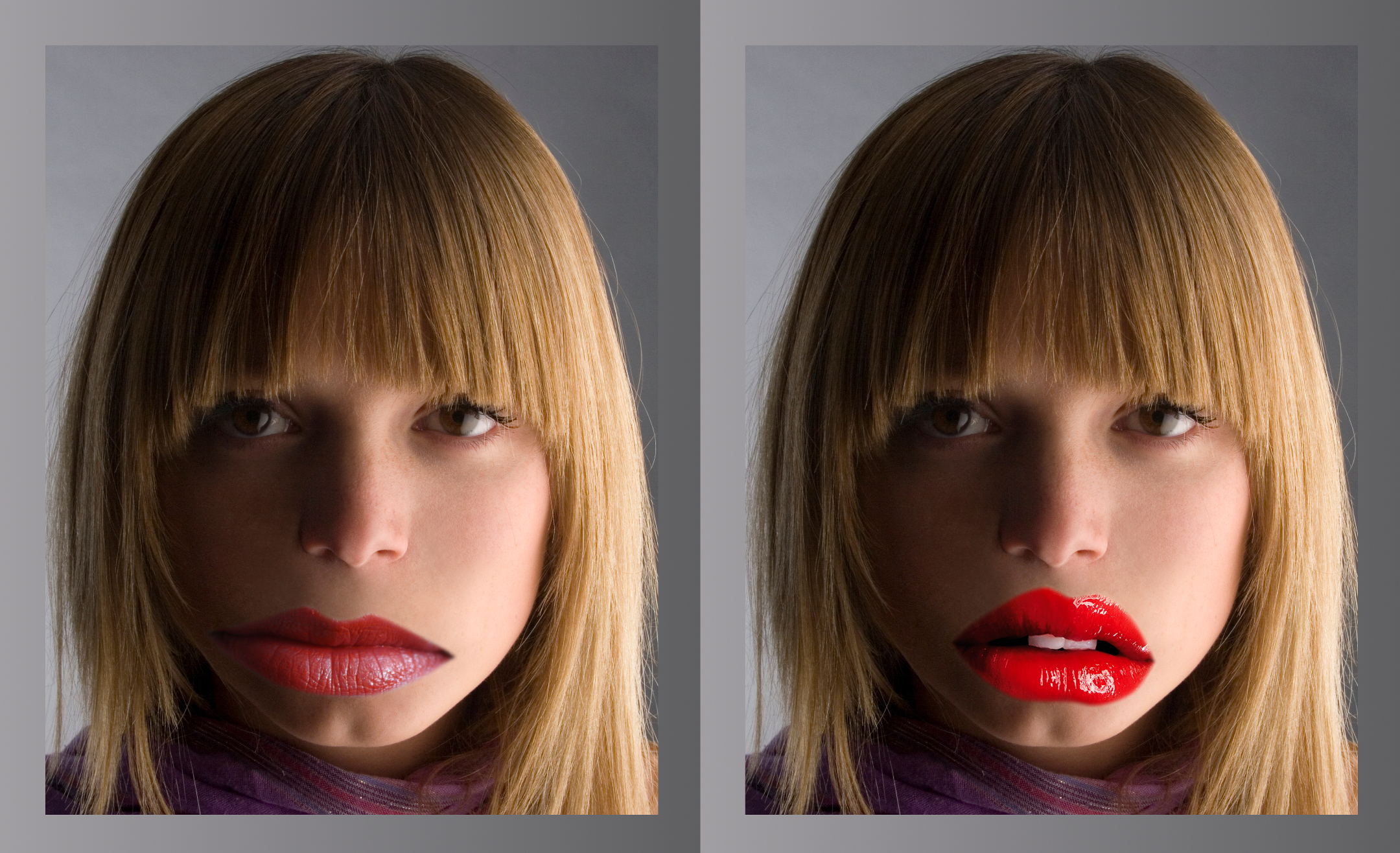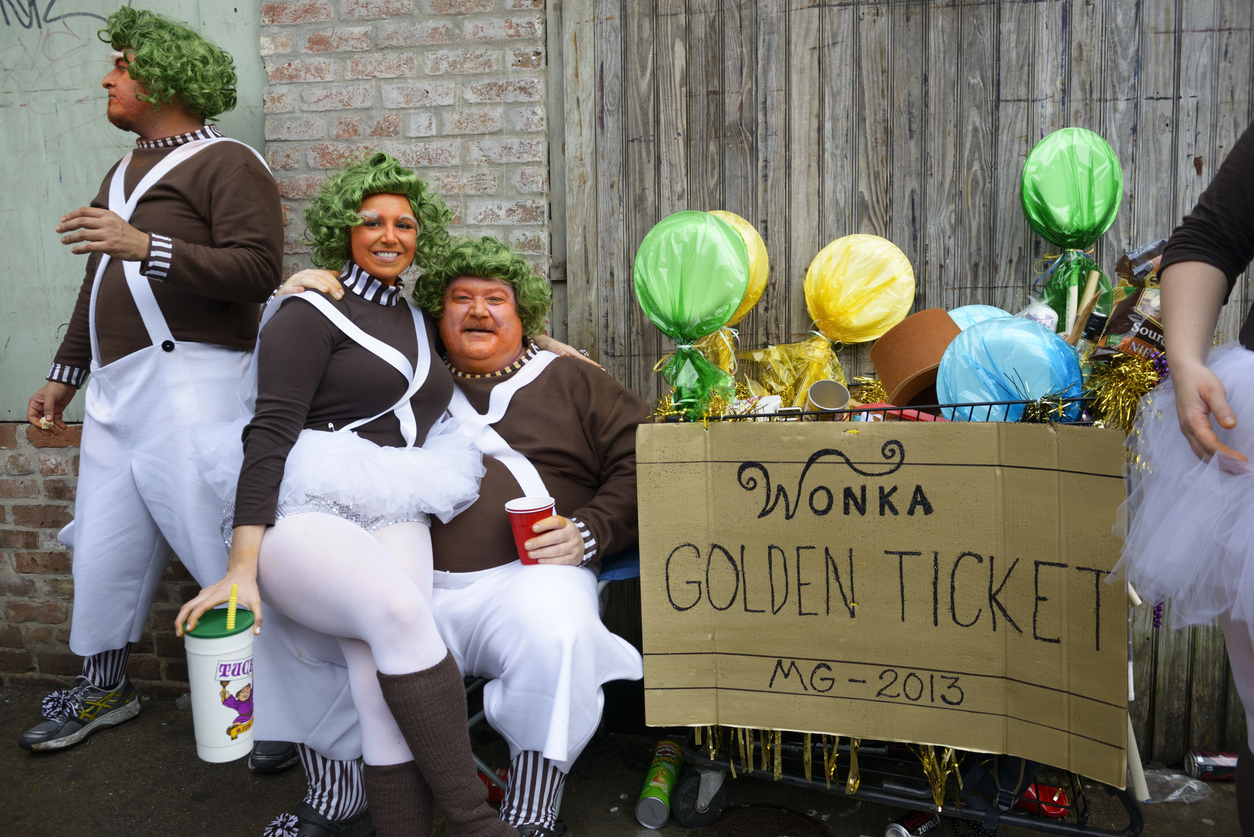
August 4, 2005
Self-Initiated House Music

Sketches and Spells, CD cover by Julian House for Ghost Box, 2005.
British graphic designer Julian House is best known for his album covers for Primal Scream, Stereolab and Broadcast. In the UK, House has an attentive following among designers attracted to his idiosyncratic, image-laden work. Admirers might be surprised to learn that he has added music-making to his repertoire. It is perhaps stretching definitions to say that House has become a musician, but with the help of sampling technology and an array of digital audio tools, he makes striking and compelling audio assemblages, which have strong stylistic parallels with his collage-based graphic design.
To date, House has released two CDs of music under the name The Focus Group. In January 2005, he started a CD-R record label called Ghost Box to release music by himself and other like-minded individuals. CD-R “burn-to-order” labels are an exciting new development, their rise providing evidence of musicians searching for ways to circumvent the monopolistic record industry and offer their wares direct to the public. Visitors to the Ghost Box website can buy a range of CD-Rs, all of which come in jewel-cases with ravishing House-designed booklets.
I worked with House for seven years at Intro, the studio I co-founded, where he is a senior designer (I left in 2004). I gave him his first job after he was enthusiastically recommended to me by one of the Intro designers. Interviewing House, I found him diffident; he didn’t seem robust enough to survive bruising encounters with clients or the demands of a busy, deadline-driven studio. His work contained only flashes of promise. But I liked him enough to take him on. I sensed a core of strength beneath the hesitant persona, and he had a quirky intelligence and a stock of arcane knowledge that distinguished him from run-of-the-mill design school graduates.
It took six months for the full extent of his talent as a designer to emerge and another 18 months for him to develop into what I consider to be a near-perfect example of a contemporary graphic designer: a strong individual “voice” coupled with an equally strong desire to please and accommodate his clients. When he was asked in an interview whether he regarded design for music as an area for self-expression, House replied: “I would never say, ‘This is my vision that I’m bringing to the band.’ It is a two-way process, a collaboration. Their response to some of my ideas often focuses it in a way that maybe I would not have done.” Designers who insist on their own vision without compromise and reject all client contributions are no better than designers who offer total compliance. Graphic design is the art of collaboration and all great designers understand this.
House began his career with an ambition to be an illustrator. You can see this clearly in his best work: a curious melding of unlikely imagery and expressionistic typography. His aesthetic touchstones are the 1960s and 1970s international avant-gardes; Pop Art; comics; old textbooks; pre-digital TV graphics; East European movie posters; and visual arcana of all kinds. Despite his interest in the crafts-based, often handmade visual culture of the middle part of the 20th century, House is entirely dependent on his computer. He uses all the standard digital tools, but rarely in the way intended. He deploys QuarkXpress to manipulate imagery, for example. The results are unpredictable, jagged and prone to unexpected elisions, yet at the same time, startlingly beautiful. House’s primary design tool, however, is Google Image Search, which allows him to trawl the murky margins of the Internet for oddball imagery. Much of his work is the transformation of 72 dpi web detritus into sharp, contemporary graphic design (see his work for US band The Hiss). He is a collagist in the grand tradition.
Many contemporary designers immersed in the increasingly confluent world of digital technology combine design with music-making. The path from designer to musician appears to be an ever-shortening one. In the US, Tom Recchion, Elliott Earls and the late P. Scott Makela spring to mind, while in Europe, one thinks of Kim Hiorthoy, Russell Mills and Paul Farrington (Studio Tonne) as highly accomplished visual artists who also make resonant and emotive music. House joins this growing band of designer/musicians who produce credible work in both media. Music critic Mathew Ingram, writing in The Wire, describes how House “crafts both exquisite visual collages in thrall to European Modernism (the moiré effects from the covers of Penguin books, Lettrism and Polish movie posters) and divinely wrought soundscapes that hark back to an eternal past.”
But there is another aesthetic thread running through House’s music, which binds together his audio and visual work. He is a collector of library music, a fact noted by Ingram in his review of House’s Hey Let Loose Your Love album. The music, Ingram writes, is “Pieced together from the mustiest samples — children’s exercise records, vintage BBC drama, clunky Brit jazz and (most pertinently) library records …”
The cult of library music centres on records made in the 1960s and 1970s, often by elite session musicians catering for the then burgeoning media scene — incidental music for TV, movies and advertising. Some of these instrumentals are superb, beautifully crafted and emotionally charged. This is music that deftly defines its era, often more resonantly than the chart-based pop of the time. And of course, it comes with the warm analogue audioglow of vinyl.
A sizeable following has grown up around vintage library music. For DJs, remixers, record collectors and pop-culture vultures of a certain age (30-50), it provides the aural equivalent of “dipping the madeleine”. The cult has its most visible focus in the activities of English DJ and record collector Jonny Trunk, curator of a mildly salacious website featuring errant Brit audio/visual ephemera (“music, nostalgia, sex!” — as he proudly announces on his home page). He also runs Trunk Records, a label devoted to unearthing neglected music from Britain’s recent past: usually misfit sounds that recall the 1970s Britain of damp Sundays, sexual inhibition and a nation which then had only three TV channels. Trunk is about to publish a book of library music album covers. Designed by Fuel, it shows a remarkable array of graphically inventive designs. Free from commercial restraints and the need to promote pop stars’ careers, these covers are closer to the sleeves for avant-garde classical music than to the pop sleeves of the time. In fact, they look as if Julian House designed them.
For House, library music’s allure is plain to see. Here is recorded sound that invites appropriation. It is made to be “used”. It is the audio equivalent of Google Image Search — a seemingly unending source of material waiting to be crafted into something new and vibrant.
Observed
View all
Observed
By Adrian Shaughnessy
Related Posts

Arts + Culture
Yahia Lababidi|Essays
‘The museum-going cannibal:’ On Francis Bacon

Design Impact
Elizabeth B. Dyer|Essays
The horror between “before” and “after”

The Observatory Newsletter
Delaney Rebernik|Analysis
A story of bad experiential design

The Observatory Newsletter
Ellen McGirt|Essays
Lessons in wandering
Related Posts

Arts + Culture
Yahia Lababidi|Essays
‘The museum-going cannibal:’ On Francis Bacon

Design Impact
Elizabeth B. Dyer|Essays
The horror between “before” and “after”

The Observatory Newsletter
Delaney Rebernik|Analysis
A story of bad experiential design

The Observatory Newsletter
Ellen McGirt|Essays
